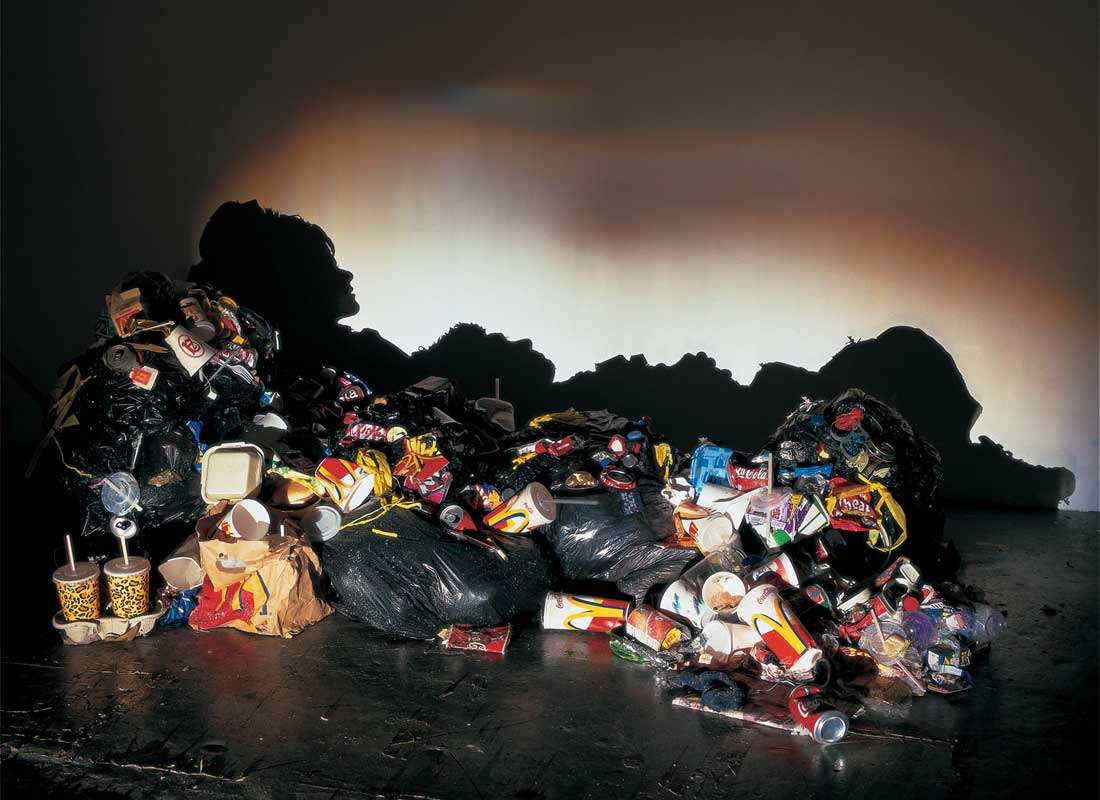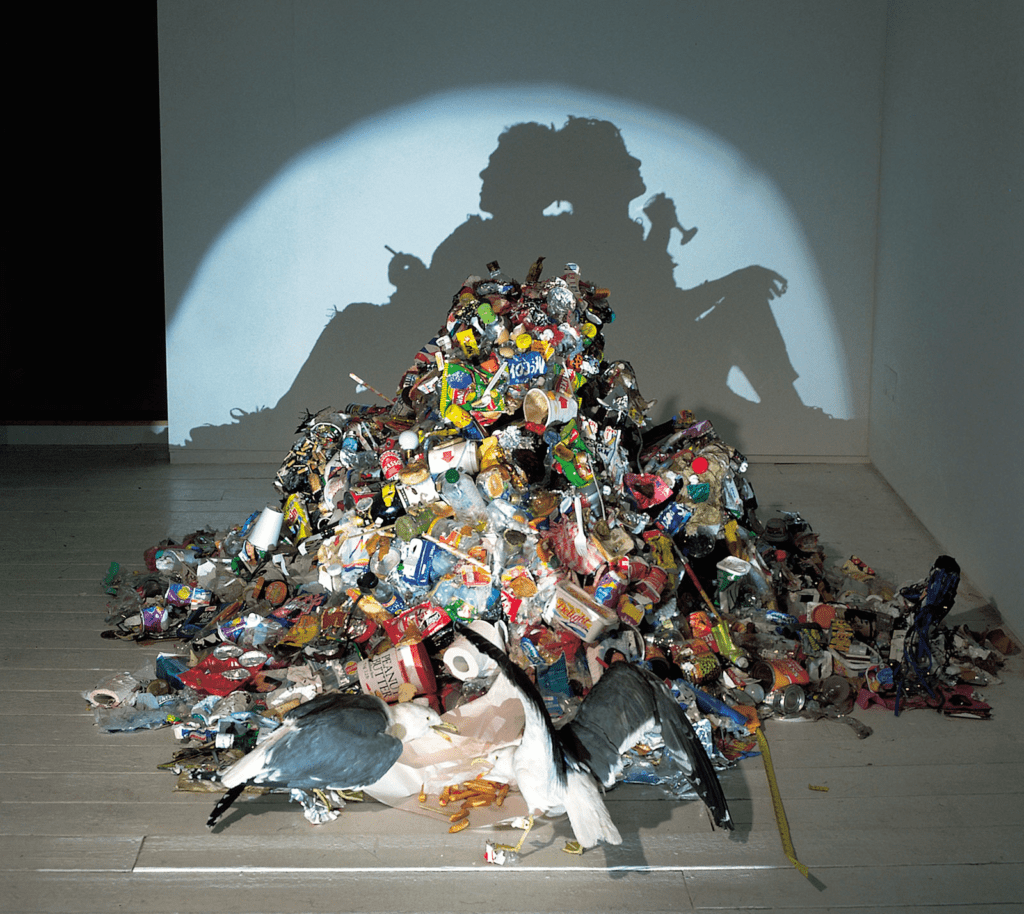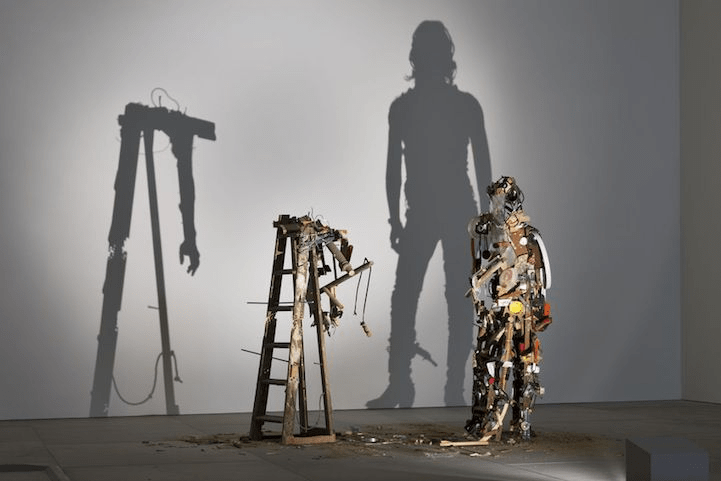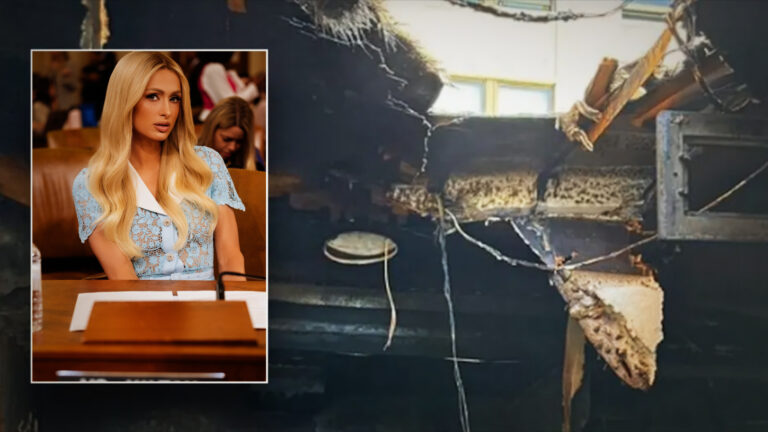Sculptures from Junk to Genius Astonishing Art of Shadow

Art has always been about pushing boundaries and exploring the unconventional. But some artists are taking things a step further by using everyday, and sometimes unexpected, objects to create mesmerizing shadow sculptures. These pieces defy the traditional definition of sculpture, blurring the line between light, shadow, and form. Here’s a closer look at how artists are turning seemingly ordinary objects into mind-bending works of art through the magic of light and shadow.

Credits: Artworksforchange
The Power of Light and Shadow Sculptures
At its core, shadow sculpture is all about the way light interacts with objects. Artists use light sources — be it from a single bulb, a projector, or natural sunlight — to cast shadows that form detailed and intricate images. Unlike traditional sculptures, which exist as solid forms in physical space, shadow sculptures depend entirely on the play between light and object. The beauty is that the shadows reveal something entirely new that isn’t visible in the object itself.
Unlikely Objects: From Plastic Cutlery to Everyday Junk
What makes shadow sculptures so captivating is the choice of materials used. These artists have a knack for transforming mundane or discarded objects into thought-provoking art pieces. Plastic cutlery, wire hangers, or even broken parts of machines — these are just a few examples of items that have been repurposed to create jaw-dropping sculptures.

Credits: Pinterest
Take, for example, the work of Tim Noble and Sue Webster, a British duo known for creating shadow art with trash. They collect heaps of discarded items — everything from bits of old electrical equipment to piles of junk — and carefully arrange them in such a way that, when illuminated from a specific angle, they cast detailed, often dramatic shadows of human figures, animals, or even abstract concepts. The contrast between the rough, seemingly chaotic piles of debris and the precise, harmonious shadows they cast is striking and thought-provoking.
The Fascinating Process Crafting Shadows
Creating shadow sculptures isn’t just about stacking objects in random ways. It requires meticulous planning and an understanding of light angles and shapes. Artists often experiment with different materials and lighting setups to ensure that their work will cast the desired shadow. It’s a delicate balance — too much light, and the shadows lose their sharpness; too little, and the forms become indistinct.

In many cases, artists will create a physical sculpture that might look completely unremarkable in its solid form. It’s only when the light is cast upon it that the true magic happens. For instance, Kumi Yamashita, a Japanese artist, uses simple objects like wooden blocks, nails, or paper to create detailed, almost photographic shadows of faces and figures. Her skill lies in knowing how to manipulate both the object and the light source to create detailed images that seem almost impossible to achieve with such basic materials.
Why Shadow Sculptures Are So Fascinating
What makes shadow sculptures so intriguing is that they constantly shift the viewer’s perception. The objects used may seem trivial or even unremarkable on their own, but when paired with the right light, they reveal something entirely new. This interplay between the tangible (the objects) and the intangible (the shadows) invites the viewer to reconsider what they know about form, space, and even the very nature of art itself.

Shadow sculptures also invite a sense of wonder and discovery. For the audience, it’s an interactive experience — the shadows change as they move around the artwork, offering a new perspective each time. It’s as if the art is constantly evolving, and every viewer has a unique encounter with it.
A New Way of Seeing
Shadow sculptures have breathed new life into the world of contemporary art. By using everyday materials and manipulating light in inventive ways, artists are showing us that creativity knows no bounds. Whether made from plastic cutlery or twisted wire, these sculptures reveal the hidden beauty in the world around us, encouraging us to look beyond the surface and see art in an entirely new light.






